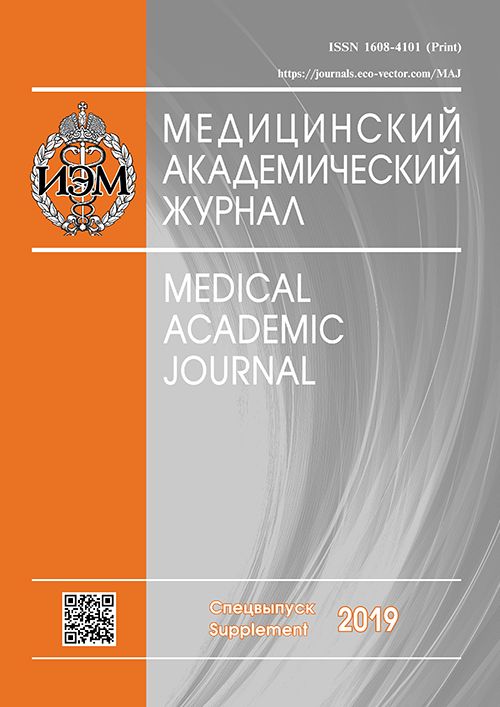INTEGRAL ADAPTATION RESPONSE OF THE BODY EXPOSED TO A BROADBAND STOCHASTICALLY ORGANIZED ELECTROMAGNETIC RADIATION TO A LOCALIZED PROCESS OF FORMALIN-INDUCED EDEMA CAUSING NEUROGENIC PAIN
- Authors: Shikhlyarova AI1, Zhukova GV1, Goncharova AS1, Bragina MI1, Zhadobina AA1, Protasova TP1, Lukbanova EA1
-
Affiliations:
- Rostov Research Institute of Oncology, Rostov-on-Don
- Issue: Vol 19, No 1S (2019)
- Pages: 151-152
- Section: Articles
- Published: 15.12.2019
- URL: https://journals.eco-vector.com/MAJ/article/view/19374
- ID: 19374
Cite item
Abstract
Full Text
About the authors
A I Shikhlyarova
Rostov Research Institute of Oncology, Rostov-on-Don
G V Zhukova
Rostov Research Institute of Oncology, Rostov-on-Don
A S Goncharova
Rostov Research Institute of Oncology, Rostov-on-Don
M I Bragina
Rostov Research Institute of Oncology, Rostov-on-Don
A A Zhadobina
Rostov Research Institute of Oncology, Rostov-on-Don
T P Protasova
Rostov Research Institute of Oncology, Rostov-on-Don
E A Lukbanova
Rostov Research Institute of Oncology, Rostov-on-Don
References
- Garkavi LKh, Kvakina EB, Kuzmenko TS, Shikhlyarova AI. Anti-stress reactions and activation therapy. Ekaterinburg; 2002. Part I 196 p., Part II 238 p. (In Russ.)
- Orlov VI, Rudenko MY, Shikhlyarova AI, et al. Mechanisms of electromagnetic influences and effects on membrane systems in neurons and cardiomyocytes. Cardiometry. 2017;11:17-27.
- Selye H. The evolution of the stress concept. Am. Scientist. 1973;62(6):642-649.
Supplementary files







